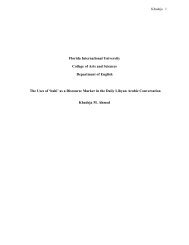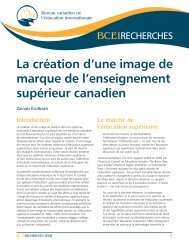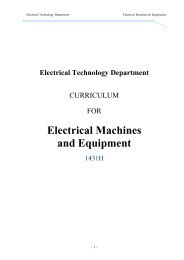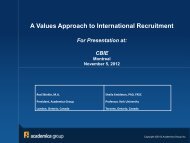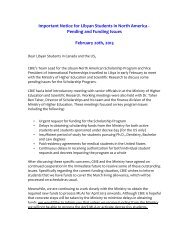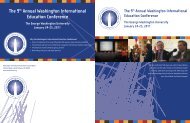Creating a New Historical Perspective: EU and the Wider World ...
Creating a New Historical Perspective: EU and the Wider World ...
Creating a New Historical Perspective: EU and the Wider World ...
Create successful ePaper yourself
Turn your PDF publications into a flip-book with our unique Google optimized e-Paper software.
Competence 29<br />
Ability to comment, annotate or edit texts <strong>and</strong> documents<br />
correctly according to <strong>the</strong> critical canons of <strong>the</strong> discipline<br />
Teaching Method<br />
Learning Activities<br />
Way of Assessment<br />
Presenting <strong>and</strong> explaining to students good examples of editions<br />
of different kinds documents <strong>and</strong> texts.<br />
Learning by doing: preparation of text or documents for edition<br />
with proper apparatus.<br />
Assessment according to scholarly st<strong>and</strong>ards, feedback to <strong>the</strong><br />
students <strong>and</strong> comparison of <strong>the</strong> work done by fellow students.<br />
Competence 30 Knowledge of didactics of history<br />
Teaching Method Lectures, workshops, placements.<br />
Learning Activities Study of <strong>the</strong>oretical <strong>and</strong> practical aspects of educational sciences<br />
as <strong>the</strong>y pertain to history; planning courses (cognitive maps),<br />
teaching materials, including multimedial materials; taking part<br />
in practical exercises in class <strong>and</strong> in schools; exercises in didactics<br />
for museums.<br />
Way of Assessment Oral exams, assessment of presentations <strong>and</strong> performance in<br />
placement, self evaluation journal or log, joint assessment with<br />
secondary school teachers acting as supervisors.<br />
Note<br />
This competence has a different weight in different countries: in<br />
some countries pedagogy or didactics is taught separately from<br />
disciplinary courses; in o<strong>the</strong>rs teaching aspects are part of <strong>the</strong> history<br />
curriculum.<br />
Conclusions<br />
Many of <strong>the</strong> findings indicated or hypo<strong>the</strong>sised in Phase 1 of Tuning have found<br />
confirmation in Phase 2. Here it is useful to restate, schematically, <strong>the</strong> following:<br />
1. Each national system can <strong>and</strong> must be seen as a coherent whole, in which<br />
<strong>the</strong> order, <strong>the</strong> contents, <strong>the</strong> teaching/ learning <strong>and</strong> assessment methods are<br />
related to each o<strong>the</strong>r.<br />
2. All <strong>the</strong> systems are in agreement as to <strong>the</strong> general ethical <strong>and</strong> heuristic reasons<br />
for studyinglearning-teaching History, <strong>and</strong> aim to encourage critical<br />
historical perspective in <strong>the</strong>ir students. This aspect of <strong>the</strong> subject area is sum-<br />
43



